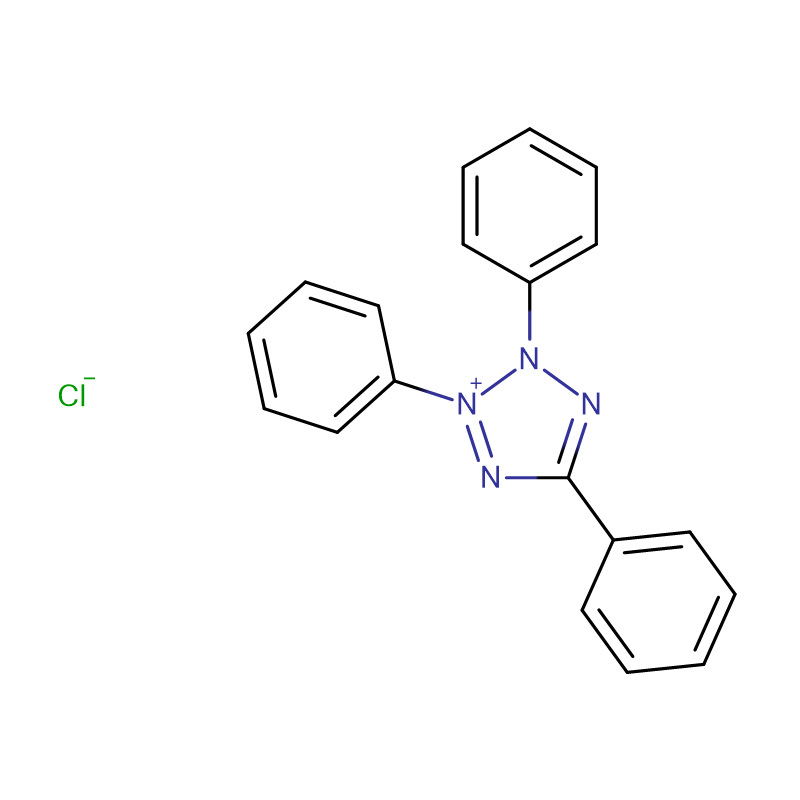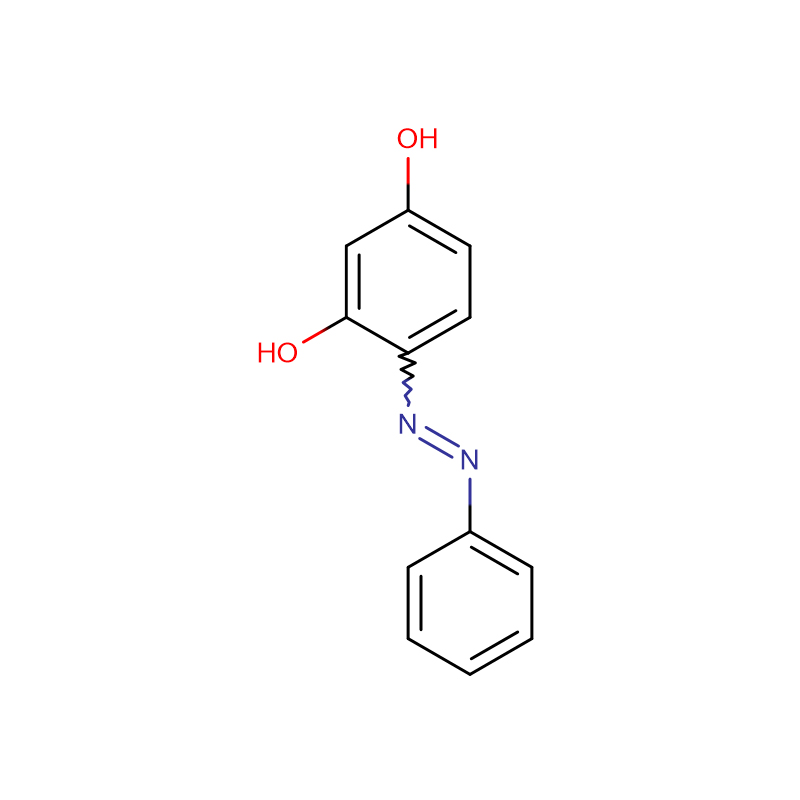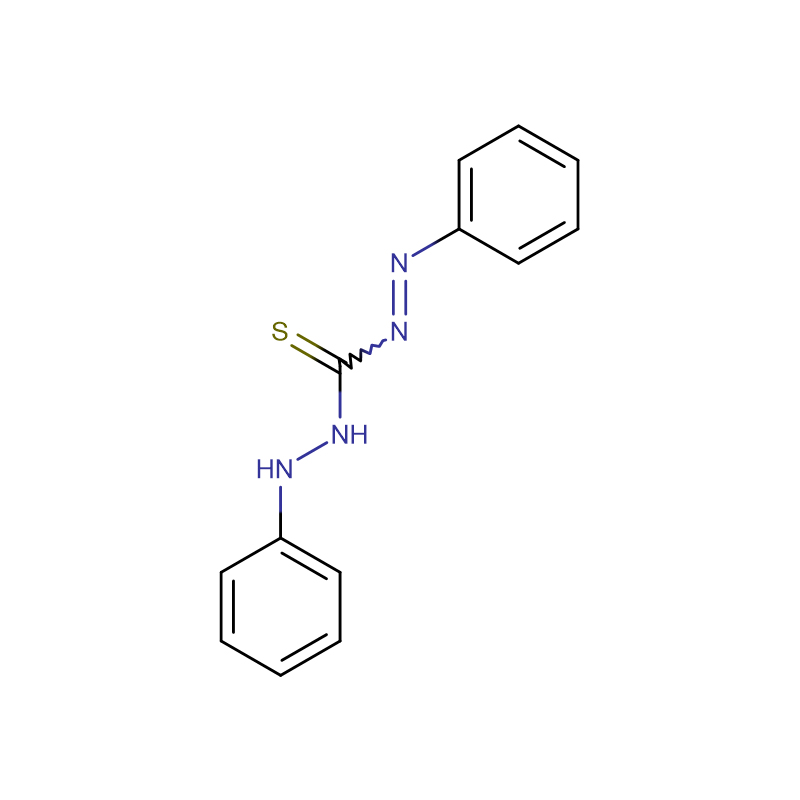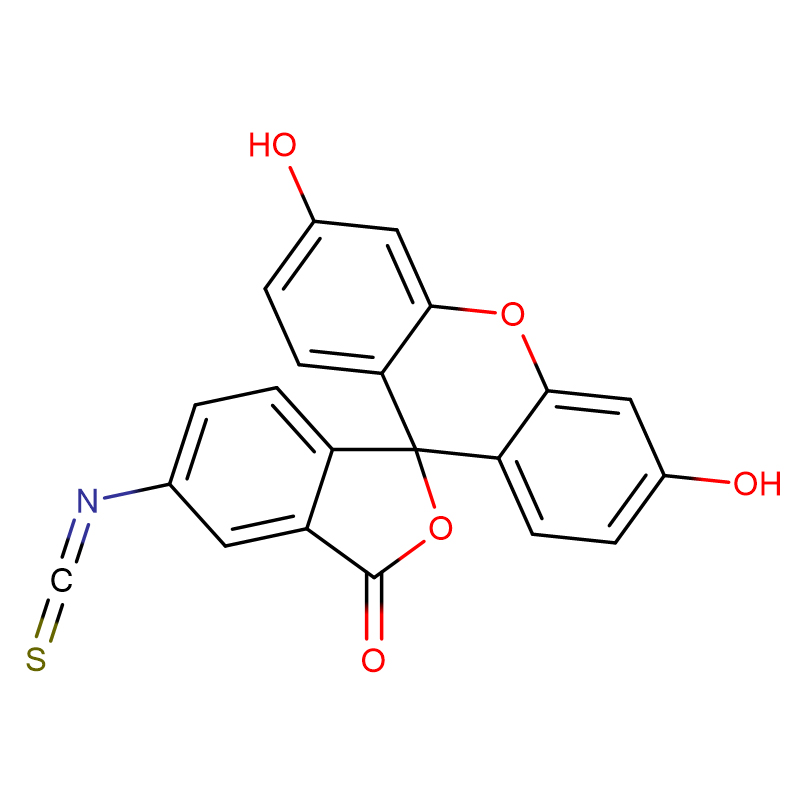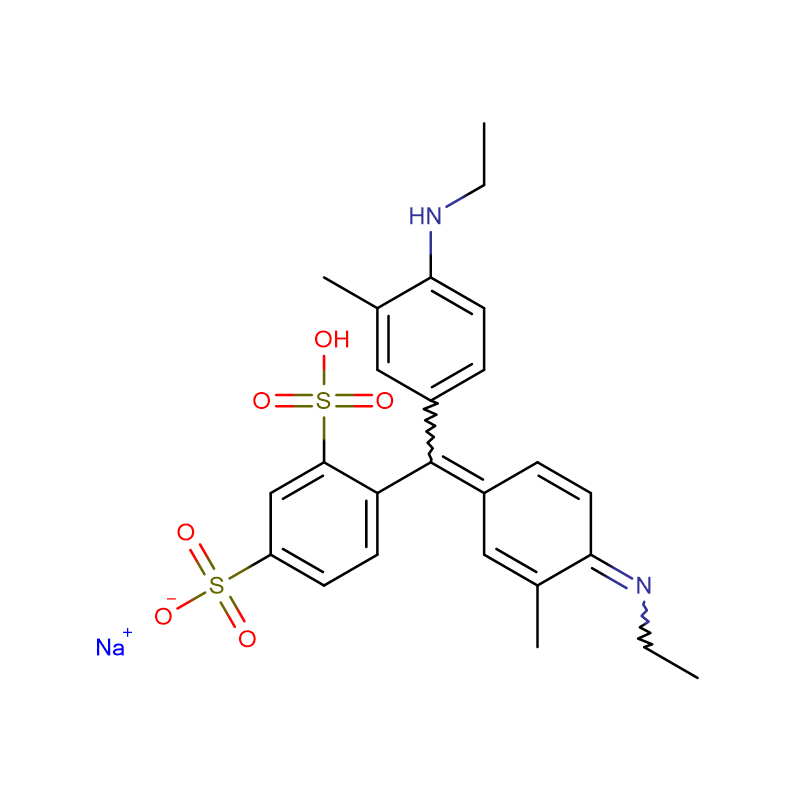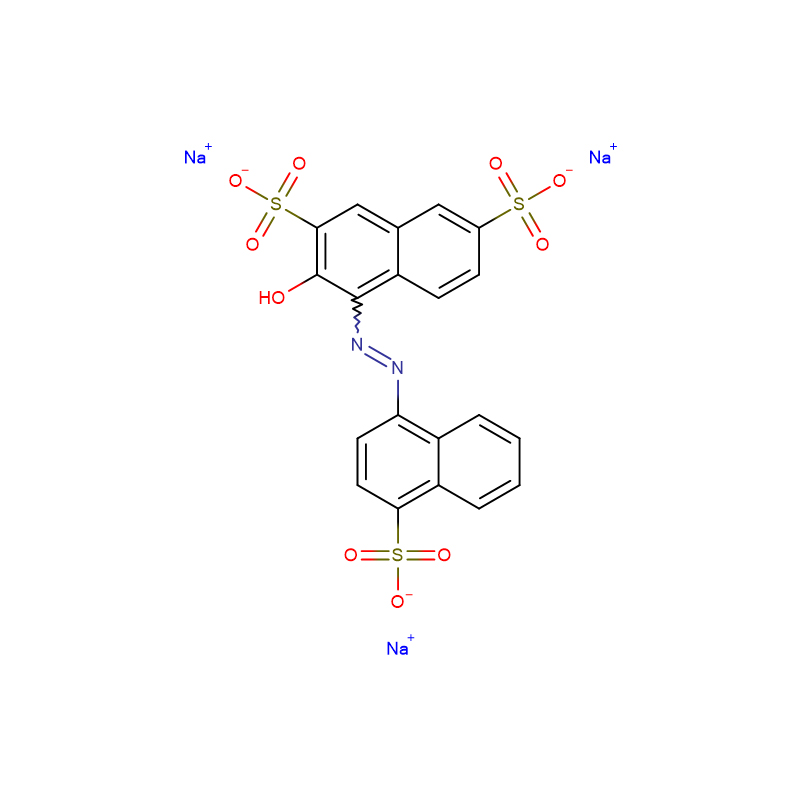2,3,5-Triphenyltetrazolium chloride Cas: 298-96-4
| Catalog Number | XD90516 |
| Product Name | 2,3,5-Triphenyltetrazolium chloride |
|
CAS |
298-96-4 |
|
Molecular Formula |
C19H15N4·Cl |
|
Molecular Weight |
334.80 |
| Storage Details | 2 to 8 °C |
| Harmonized Tariff Code | 29339980 |
Product Specification
|
Appearance |
Off-white/pale yellow crystalline powder |
|
Assay |
Min. 99% |
|
Melting Point |
235 - 245 Deg C |
|
Loss on Drying |
<3.0% |
|
Water Content |
0.5% Max |
|
Residue on Ignition |
Max. 0.5% |
|
Solubility in EtoH |
Pass |
|
Solubility in Ethanol |
Clear and complete |
The consumption of polyphenols has frequently been associated with low incidence of degenerative diseases. Most of these natural antioxidants come from fruits, vegetables, spices, grains and herbs. For this reason, there has been increasing interest in identifying plant extract compounds. Polymeric tannins and monomeric flavonoids, such as catechin and epicatechin, in pine bark and green tea extracts could be responsible for the higher antioxidant activities of these extracts. The aim of the present study was to characterize the phenolic compounds in pine bark and green tea concentrated extracts using high-performance liquid chromatography coupled to electrospray ionization mass spectrometry (HPLC-ESI-QTOF-MS). A total of 37 and 35 compounds from pine bark and green tea extracts, respectively, were identified as belonging to various structural classes, mainly flavan-3-ol and its derivatives (including procyanidins). The antioxidant capacity of both extracts was evaluated by three compl ementary antioxidant activity methods: Trolox equivalent antioxidant capacity (TEAC), ferric reducing antioxidant power (FRAP) and oxygen radical absorbance capacity (ORAC). Higher antioxidant activity values by each method were obtained. In addition, total polyphenol and flavan-3-ol contents, which were determined by Folin-Ciocalteu and vanillin assays, respectively, exhibited higher amounts of gallic acid and (+)-catechin equivalents.


